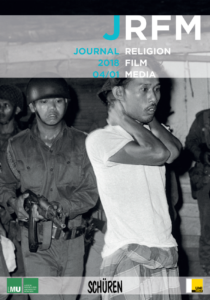
Trauma, Memory and Religion
Vol 4 No 1 | 2018
Editorial: Freek Bakker, Lucien van Liere
Online-Zugang | Printausgabe
How can we screen trauma? This question might lead the perception of documentary movies about atrocities in the 20th and 21st centuries, like S21 The Khmer Rouge Killing Machine (Rithy Panh, CAMB/FR 2003) about Cambodia, The Look of Silence (Joshua Oppenheimer, ID/DK 2014) about Indonesia or Das radikal Böse about Nazi-Europe. The first concern emerge as we watch movies on atrocities is whether these artistic representations perhaps guide the public away from what “really happened”. There certainly is a huge gap between, on the one hand, the immediate experience of the event that lies behind the interpretative screening and, on the other hand, watching the director’s material while neither part nor ever having been part of the event.
